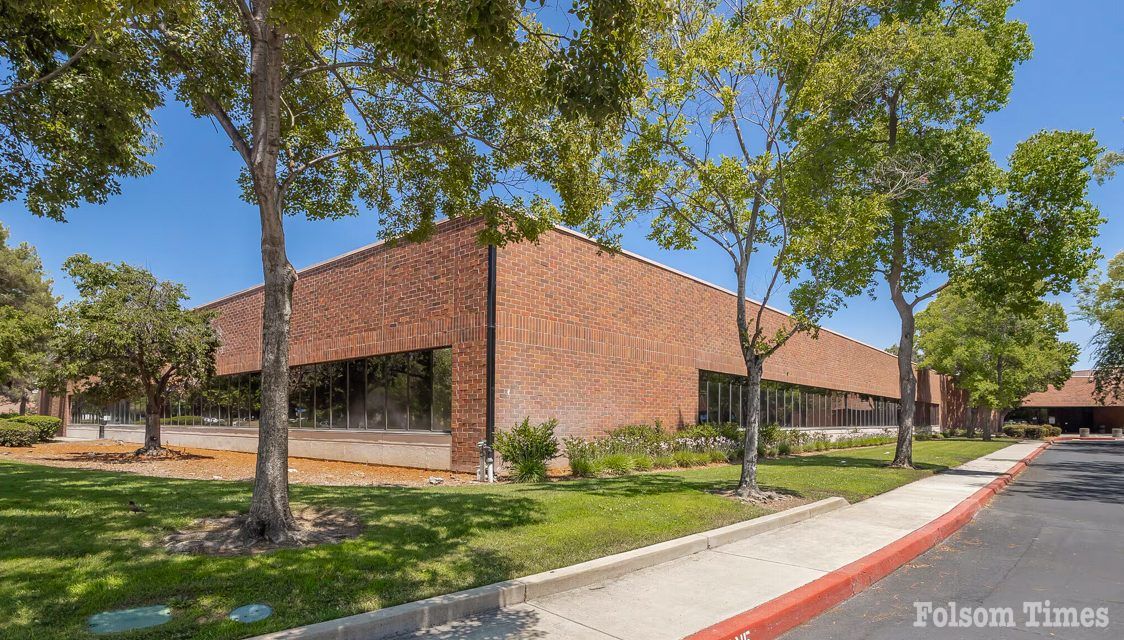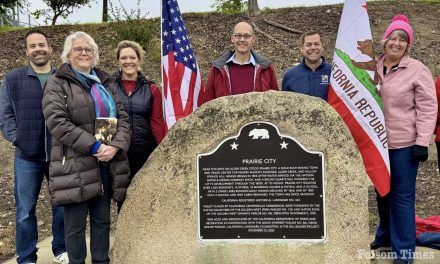The Folsom Cordova Unified School District is inviting community members to help choose the name for its newest high school, which is set to open in August 2028.
The district launched an online survey to collect name ideas for the campus, encouraging residents, parents, students, and staff to submit suggestions that reflect Rancho Cordova’s values, history, and vision. The survey is open through Friday, November 21, 2025, and submissions must comply with FCUSD Board Policy 7310. Once the survey closes, the top recommendations will be reviewed by the Board of Education for final approval.
The naming effort follows the recent purchase of property at 3215 Prospect Park Drive, marking a major milestone for FCUSD. The new high school will be the first built by the district in nearly 20 years and is designed to serve between 500 and 800 students.
District officials say the new campus will feature rigorous academics including A-G and advanced coursework, early college partnerships with local institutions, and flexible learning pathways such as independent study and alternative education. Career Technical Education programs will also connect students with workforce opportunities in emerging industries.
By repurposing an existing office complex into a modern learning environment, the district expects to open the new school at roughly 30% lower cost than traditional construction methods. Funded through SFID #3 bond proceeds, the project is expected to be completed in time for the 2028–29 academic year.
District leaders emphasized that naming the school is more than a symbolic gesture—it’s a chance to shape a lasting legacy for Rancho Cordova’s next generation of students. The new school, they say, will embody the community’s innovative and resilient spirit while preparing students for college and career success.
Residents can participate by submitting their naming ideas atthe official submission page herebefore the November 21 deadline.
Copyright © 2025, Folsom Times, a digital product of All Town Media LLC. All rights reserved. No portion of this publication may be reproduced, distributed, or transmitted in any form or by any means, without the prior written permission of the publisher.




